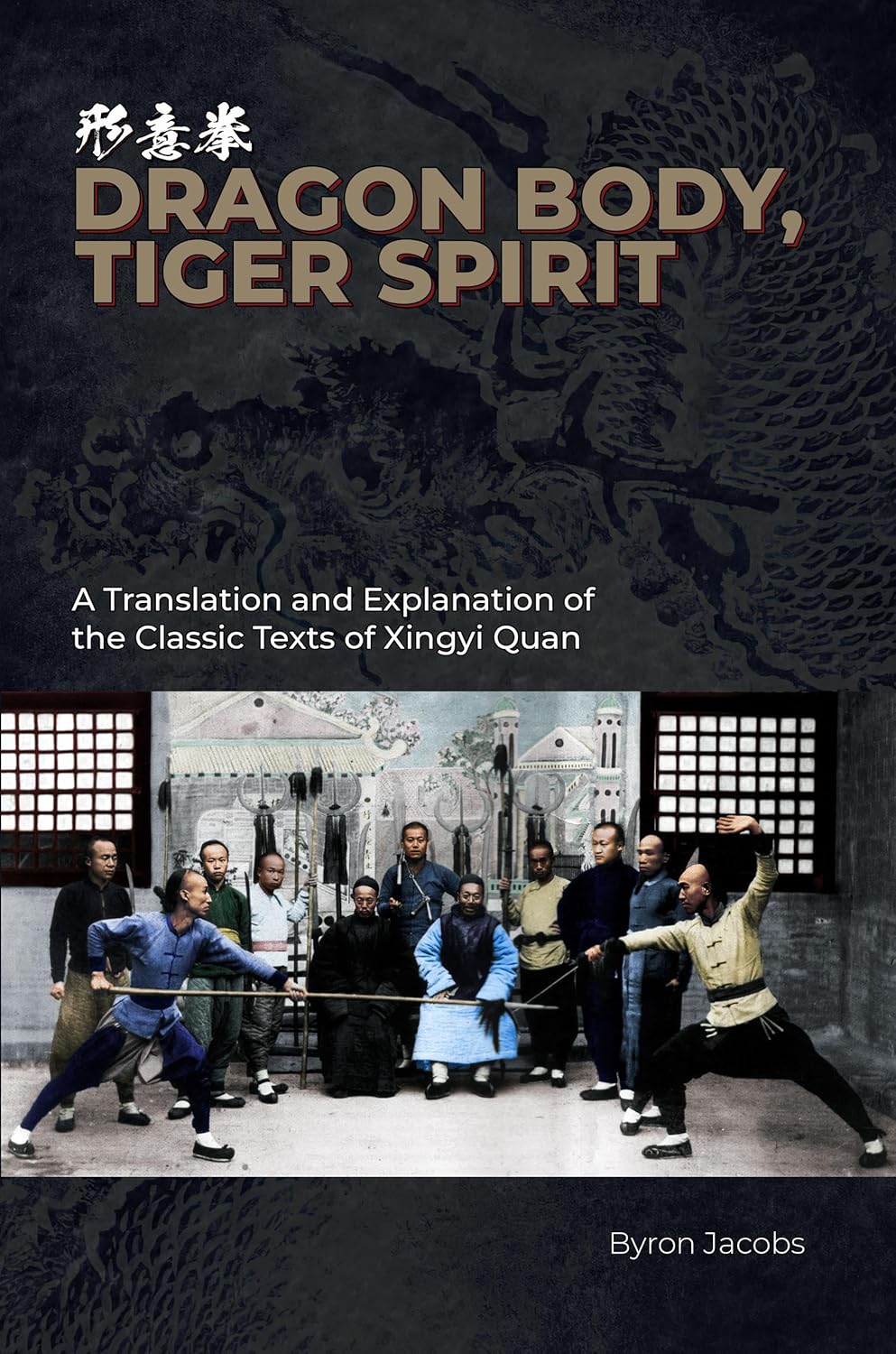The Remarkable History of Xingyi Quan: From Merchant Roads to Martial Mastery

Xingyi Quan (形意拳) (also spelled “Hsing-I”), one of China’s four great martial arts, is a style deeply intertwined with the rise and fall of Shanxi’s merchant class and the unique history of the region. Its story is not just one of martial prowess, but also of commerce, innovation, and the meeting of minds from different walks of life. Here’s how this extraordinary art came to be.
A Martial Art Born from Commerce
Unlike most martial arts, Xingyi Quan’s roots are inseparable from the world of business. Its modern form was born in Taigu, a bustling hub in Shanxi Province. During the Qing Dynasty, Taigu was a key stop for merchants transporting valuable goods – especially tea – across thousands of miles, even reaching the border city of Kyakhta for trade with Russia. This strategic location made Taigu a center of commerce, so much so that American writer Robi Yen dubbed it the “Wall Street of China”.
As trade expanded, the challenge of moving silver and goods safely over long distances led to the creation of security escort agencies (biaoju). These agencies required highly effective martial skills to protect shipments from bandits and other threats. The resulting demand for practical, decisive self-defense techniques played a crucial role in shaping the Xingyi Quan we know today.
The Rise of Shanxi Merchants and the Need for Martial Arts
Taigu’s merchants were pioneers not only in trade but also in finance, inventing draft banks that allowed funds to be deposited and withdrawn across vast distances. This innovation reduced the risks of transporting physical silver but increased the need for reliable protection, further fueling the local martial arts culture.
The region’s martial spirit was legendary. Generations of talented individuals excelled in both civil and military examinations, making Taigu renowned for its achievements in both literature and martial arts. In this fertile environment, a new style of boxing – Xingyi Quan – began to take shape.
The Birth and Evolution of Xingyi Quan
The art’s early form was known as Xinyi Quan or Xinyi Liuhe Quan. The transition to the name “Xingyi Quan” reflected both linguistic shifts and philosophical refinements, emphasizing the unity of external form (xing) and internal intent (yi).
A pivotal moment came in 1856, when the renowned martial artist Li Luoneng (also known as Li Nengran, “Divine Fist Li”) was invited to Taigu by the powerful Meng family to serve as their security chief. Li’s interactions with the local martial artists and the demands of escorting goods led him to recognize the need for a more efficient, practical fighting style. With the support of Meng Furu – a well-educated merchant and martial artist – Li and his disciple Che Yizhai refined and codified the art, introducing technical innovations such as new footwork and structure.
Meng Furu’s unique combination of business acumen and martial skill was instrumental in the development of Xingyi Quan. He not only contributed to the art’s theoretical foundation but also played a key role in selecting and supporting students, ensuring the style’s growth and transmission.
Key Principles and Training
At the heart of Xingyi Quan is the Santi (Three-Body) posture, the foundational stance that aligns the body according to the art’s core principles. All techniques in Xingyi Quan are rooted in this posture, ensuring consistency and power. The art is further distinguished by its “seven-star” footwork and the principle that all movements stem from Santi, regardless of the variation in technique.
The philosophy of Xingyi Quan is succinctly captured in its classical texts: “The intent must be true internally for the limbs to externally manifest the form.” This reflects the art’s emphasis on the unity of mind and body, internal intent and external action.
Legacy and Modern Challenges
Xingyi Quan reached its peak during the late Qing and early Republican eras, gaining fame through the exploits of its masters. However, today the art faces the challenge of declining transmission, with fewer practitioners inheriting its rich legacy. Its history remains a testament to the unique interplay of commerce, culture, and martial spirit that defined Shanxi and gave birth to one of China’s most respected martial arts.
YouTube Special Series: The SECRETS of XINGYI QUAN
Watch this special originally a TV broadcast in China about the History of Xingyi Quan and now translated by Byron Jacobs:
In summary: Xingyi Quan is more than just a fighting style – it is the product of a vibrant commercial culture, the ingenuity of merchant families, and the relentless pursuit of martial excellence. Its story is a reminder that the greatest innovations often arise at the crossroads of necessity and creativity.
Source: Byron Jacobs translation via the above mentioned YouTube Series.
Dragon Body, Tiger Spirit by Byron Jacobs
Dragon Body, Tiger Spirit encapsulates a careful presentation, translation and extensive commentary of the classical texts of Xingyi Quan. These texts aimed to document and preserve the principles and techniques at the very heart of this traditional Chinese martial art. Dragon Body, Tiger Spirit is an invaluable resource for martial arts practitioners looking to gain insight into the essence of authentic, traditional Xingyi Quan as codified and handed down from one generation to the next by previous masters of the art. This carefully researched and written reference reflects a decade of painstaking work, backed up by decades of dedicated martial practice by the author Byron Jacobs, a disciple of Master Di Guoyong.
Purchase the book on Amazon **
** the link presented above is an affiliate link: While you do not pay a penny more, it helps me maintain and grow this website. Thank you.




